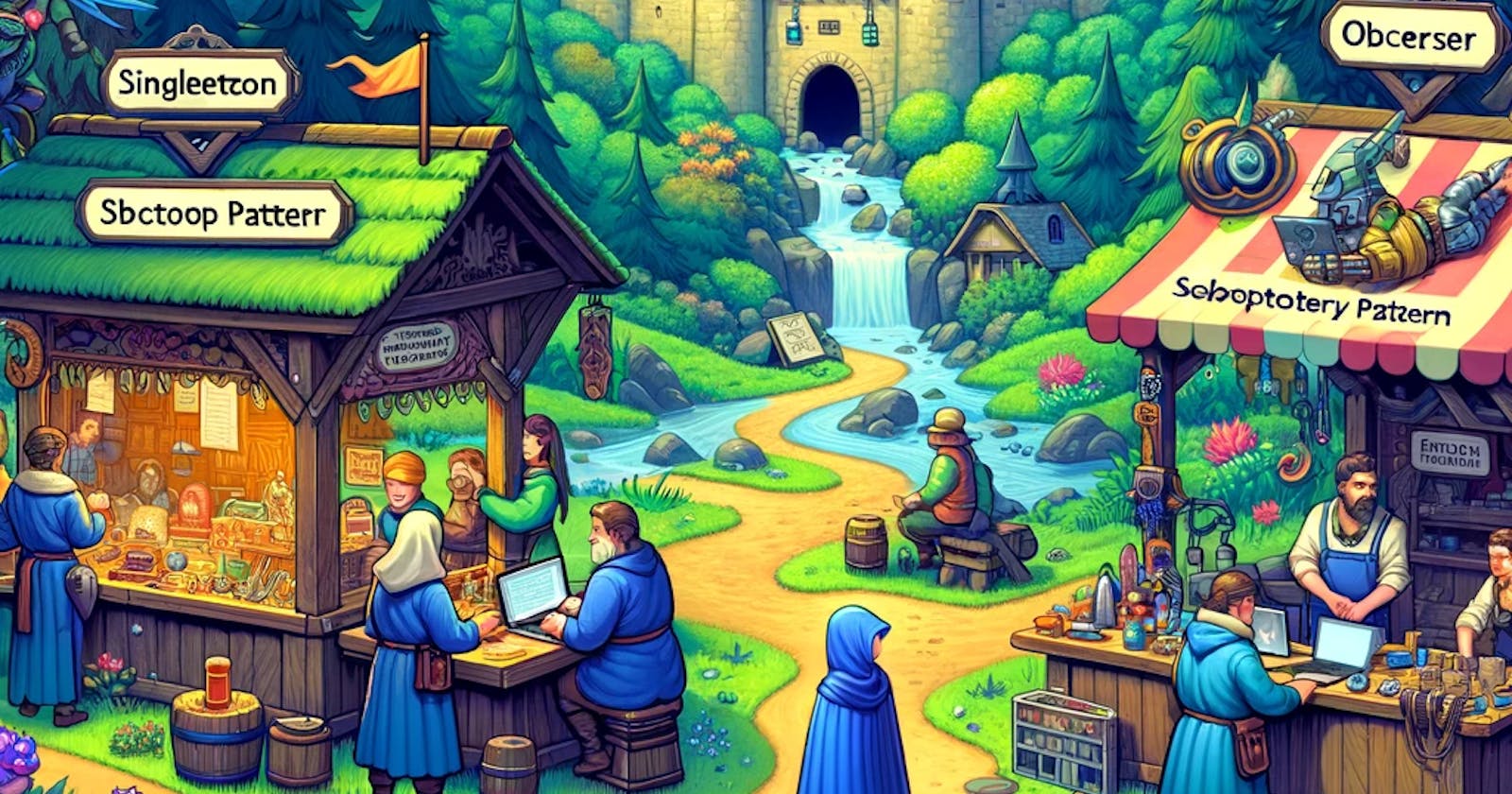Ever felt like you're reinventing the wheel when coding? That's where design patterns swoop in, like the superhero toolkit for developers. These aren't your average solutions but time-tested strategies to tackle common coding conundrums. Let's embark on a journey through the realm of React Native, armed with JavaScript, to discover how these patterns can transform your coding experience from daunting to delightful.
Why Bother with Design Patterns?
Imagine you're constructing a puzzle. Each piece represents a solution to a problem. Design patterns are the corners and edges of this puzzle, guiding you towards the bigger picture with ease and efficiency. In the dynamic world of React Native development, they're your roadmap, ensuring you don't lose your way in the forest of code.
Unraveling the Patterns Through a Story
The Tale of the Lone Singleton
In a village called Reactville, there was a castle that needed to be guarded by a single knight. This knight, known as Singleton, had a unique ability: no matter how many times the villagers called upon him, he remained one, ensuring the castle's safety with a consistent strategy.
JavaScript Example:
class UniqueGuard {
static guard = null;
constructor() {
if (!UniqueGuard.guard) {
UniqueGuard.guard = this;
this.duty = 'Protecting Reactville';
}
return UniqueGuard.guard;
}
}
Singleton ensures your app configuration, like the castle, is guarded by one, and only one, instance of a class.
The Whispering Observers
Next, we meet a group of villagers known as Observers. They loved to stay informed about the castle's events. Whenever Singleton encountered a dragon or a celebration was due, he would signal the Observers. They, in turn, would spread the news, keeping everyone updated.
JavaScript Example:
class CastleEvent {
constructor() {
this.observers = [];
}
join(observer) {
this.observers.push(observer);
}
alertObservers(event) {
this.observers.forEach(observer => observer.notify(event));
}
}
This pattern ensures your components stay in sync with the ever-changing state of your app, just like the Observers with their castle.
The Crafty Factory
Lastly, in the bustling market of Reactville, there was a craftsman known as Factory. He was famed for his ability to create anything the villagers needed: from carts to lanterns, all tailored to their exact wishes without them needing to know the complexities of craftsmanship.
JavaScript Example:
class VillagerRequest {
static craftItem(itemType) {
return itemType === 'cart' ? new Cart() : new Lantern();
}
}
The Factory pattern in React Native lets you create components dynamically, catering to diverse needs with simplicity and elegance.
Your Next Adventure
These tales from Reactville are but a glimpse into the vast world of design patterns. Each pattern holds the potential to elevate your code, making it not only a joy to write but a masterpiece of efficiency and clarity.
Engage with the Magic
Why not try implementing these patterns in your next React Native project? Observe the transformation in your code as it becomes more structured, maintainable, and above all, a testament to your skill and creativity.
Remember, the journey of a thousand lines of code begins with a single pattern. Embark on this adventure, and let the magic of design patterns guide you through the forests of React Native development.

